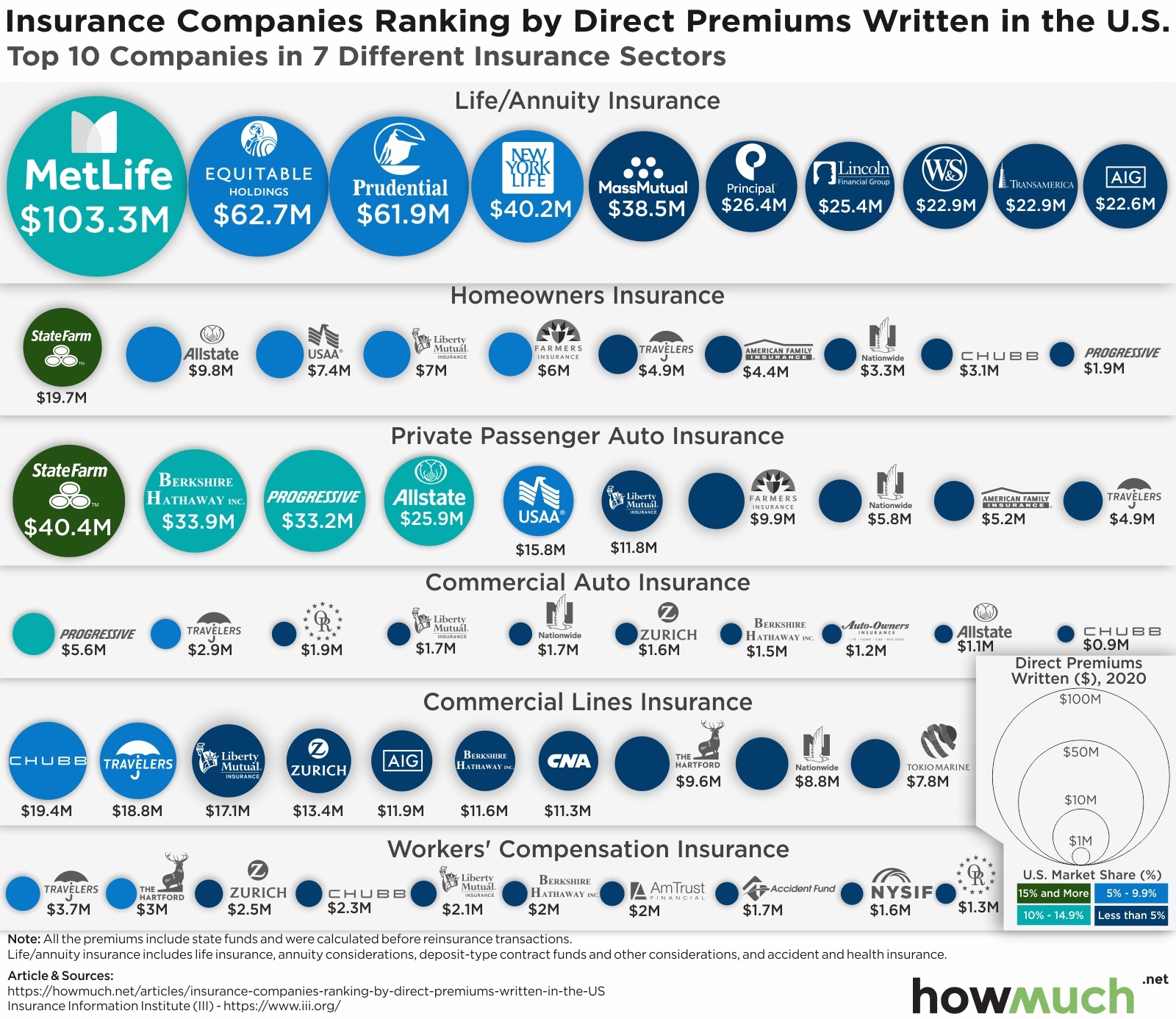Gay marriages have higher joint incomes that straight ones. And on average, married gay men earn even more than married lesbians. These graphs show by how much exactly.

The figures come from the Office of Tax Analysis Working Paper 108. Published in August, it contains the first ever analysis of the joint tax returns filed by same-sex spouses after United States vs. Windsor (2013). In that landmark decision, the Supreme Court ruled that for federal tax purposes, same-sex spouses should be treated as any other married couples, even in jurisdictions that at the time still did not recognise same-sex marriages.
The Working Paper provides a unique socio-economic snapshot of gay and lesbian households in the first two years since Windsor.
Key Figures:
- In 2013, about 0.25% of all joint filers were same-sex couples, or about 131,080 couples out of a total of 52.6 million. There were 61,735 (0.12%) male-male, and 69,325 (0.13%) female-female joint filers.
- In 2014, the number of same-sex joint filers increased by 40% to about 183,280 (0.35% of all joint filers). There were 82,765 (0.16%) male-male, and 100,535 (0.19%) female-female joint filers.
- While about 97.5% of married Americans file joint tax returns, the number of same-sex joint filers is about 55% of the Census estimate of same-sex spouses. The discrepancy is greatest in states that didn’t recognise same-sex marriage before Obergefell vs. Hodges, the 2015 Supreme Court ruling that requires all states to issue marriage licenses to same-sex couples and to recognise their marriages.
- The percentage of same-sex spouses in 2014 varied greatly across the country, from a high of about 3.65% of the total in Washington DC to a low of 0.06% in Mississippi. The share hovered between 0.5% and 0.9% in California, Connecticut, Delaware, Maine, Maryland, Massachusetts, New Hampshire, New Mexico, New York, Oregon, Rhode Island, Vermont and Washington state. The figure was lower everywhere else.
- Same-sex spouses are slightly younger than average, with the primary taxpayer on average being 51.9 years old in a different-sex marriage, and 47.9 years in a same-sex marriage.
- Same-sex couples are also substantially less likely to have kids. Dependent children were claimed by 49% of different-sex couples, 7% of male-male couples, and 28% of female-female couples.

Key Figures:
- Couples of any sexual orientation tend to have higher incomes when they have dependents, but none more so than male-male couples. Their average annual income is almost $275,000 if they have children, versus only $122,150 for different-sex couples with kids. More than half of male-male couples with children earn more than $150,000.
- Same-sex couples earn more than different-sex couples. On average, the adjusted gross income of same-sex couples is $143,970 per year, versus $107,970 for different-sex couples. That's a discrepancy of $36,000. As the first graph shows, the difference is especially stark at the top and the bottom of the earnings scale: while 21% of different-sex couples have a joint income of less than $35,000 a year, the same is true for only 12% of same-sex couples. And while just 17% of different-sex couples earn at least $150,000 a year, no less than 28% of same-sex couples are in that highest income bracket.
- Within the same-sex category, the incomes of male-male and female-female couples are also clearly differentiated. Roughly half of each group earns at least $100,000 a year, but gay men dominate the top bracket, with 33% making at least $150,000 a year, versus 'only' 24% of lesbian couples. The latter are slightly more represented in the bottom bracket, at 13% vs. 10%.
- In all, male-male couples are almost twice as likely to make more than $150,000 than different-sex filers. The average adjusted gross income of male-male filers was about $176,000, versus $124,000 for female-female couples and $113,000 for different-sex couples.
In recent years, the persistence of a gender pay gap - with men having significantly higher annual incomes than women in comparable situations - has been a source of increasing scrutiny and criticism. But these figures, offering the first ever analysis of federal tax returns by same-sex couples, points to another, even more significant pay gap, not just between straight and gay married couples, but also between lesbian couples and married gay men. The report by the Office of Tax Analysis does not offer reasons or remedies for the gap; the former will require further study, the latter may prove as elusive as the solution to the male/female pay gap.
The Gay vs. Straight Pay Gap, Visualized pic.twitter.com/JObHw26L1d https://t.co/ltqG79lpSV via @howmuch_net #dataviz
— How Much (@howmuch_net) September 28, 2016
Please feel free to leave your comments below! We would like to hear your feedback.
Data Source: Treasury.gov
About the article
Authors
Irena - Editor










